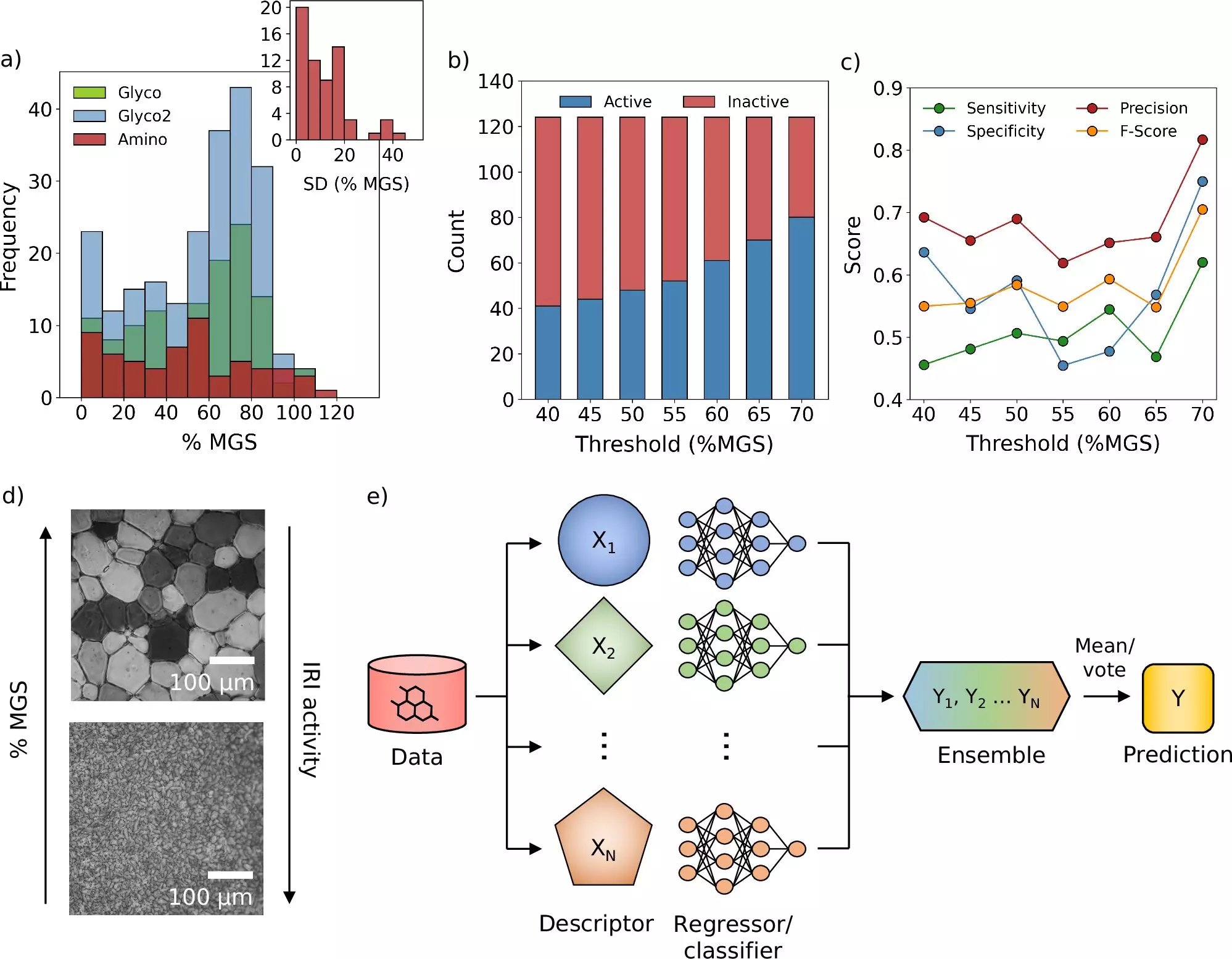The preservation of biological materials such as vaccines, blood, and fertility products presents a formidable challenge in modern medicine. Cryopreservation, a technique employed to freeze these vital substances rapidly, is essential to maintain their therapeutic efficacy. Traditional methods of preserving these materials have heavily relied on trial-and-error approaches that often lead to inefficiencies and prolonged development timeframes. However, recent advancements from researchers at the University of Warwick and the University of Manchester have ushered in a new era of cryopreservation.
Central to the cryopreservation process are molecules known as cryoprotectants. These substances play a pivotal role in shielding biological components from the formation of ice crystals during freezing and thawing. Ice crystal growth is a significant obstacle in ensuring the viability of frozen therapies, as these crystals can damage cellular structures and compromise treatment integrity. The significance of cryoprotectants cannot be understated, as their effectiveness directly influences the longevity and usability of vital medical supplies.
The recent study, published in *Nature Communications*, marks a shift towards a more efficient search for novel cryoprotectants. By leveraging a machine learning-based computational framework, the research team has enabled the simulation and analysis of hundreds of chemical compounds at unprecedented speeds. This innovative approach allows for a thorough examination of potential cryoprotectant candidates, supplanting the outdated methods that have long dominated this field. Prof. Gabriele Sosso, leading the research at Warwick, noted that while machine learning is powerful, it is not a stand-alone solution; rather, it serves as an integral tool that complements molecular simulations and experimental validations.
Dr. Matt Warren, who took the reins on this project as a Ph.D. student, expressed excitement about transitioning from intensive laboratory data collection to a data-driven predictive model. The model’s ability to sift through a vast array of compounds has led to the identification of new molecules specifically designed to prevent ice crystal formation—a breakthrough that could significantly enhance cryopreservation methods. This systematic, data-oriented approach not only accelerates the discovery process but also refines the focus on complex experimental challenges that require nuanced human insight.
A particularly promising outcome of this research is its impact on blood storage protocols. The new molecules identified through the computational analysis have the potential to reduce the conventional amounts of cryoprotectants required in blood preservation. This reduction could streamline the post-freezing processing of blood, facilitating quicker transfusion scenarios. Given the critical need for efficient blood storage solutions in medical emergencies, this advancement may significantly improve patient outcomes.
The collaborative efforts between the teams from Warwick and Manchester have proven fruitful and highlight the power of interdisciplinary research in fostering innovation. Prof. Matthew Gibson, from the University of Manchester, reflected on the numerous years spent studying ice-binding proteins and the gradual pace of innovation in creating new molecules. The synergy with Prof. Sosso’s modeling work has accelerated their collective efforts, leading to discoveries that surpass previous expectations rooted in direct experience alone.
The integration of machine learning and experimental methodologies in the pursuit of improved cryoprotectants signifies a transformative leap within the field of cryopreservation. This advanced computational framework not only broadens the horizon for finding effective cryoprotective solutions but also has implications for other areas of biomedical science where cryopreservation is crucial. As this research continues to evolve, it holds the promise of enhancing the preservation of vital medical materials, ultimately saving lives and increasing the accessibility of essential treatments. The journey toward optimizing cryoprotectants marks a significant advancement in medical research, one that promises to shape the future landscape of medicine with greater efficiency and innovation.

